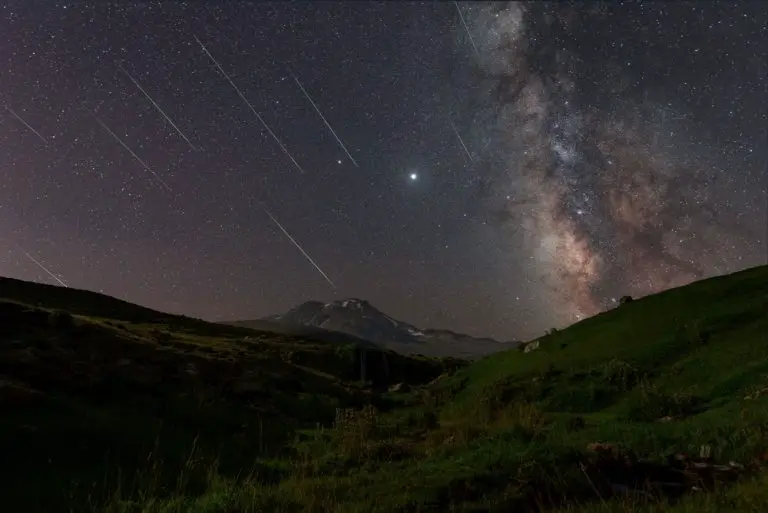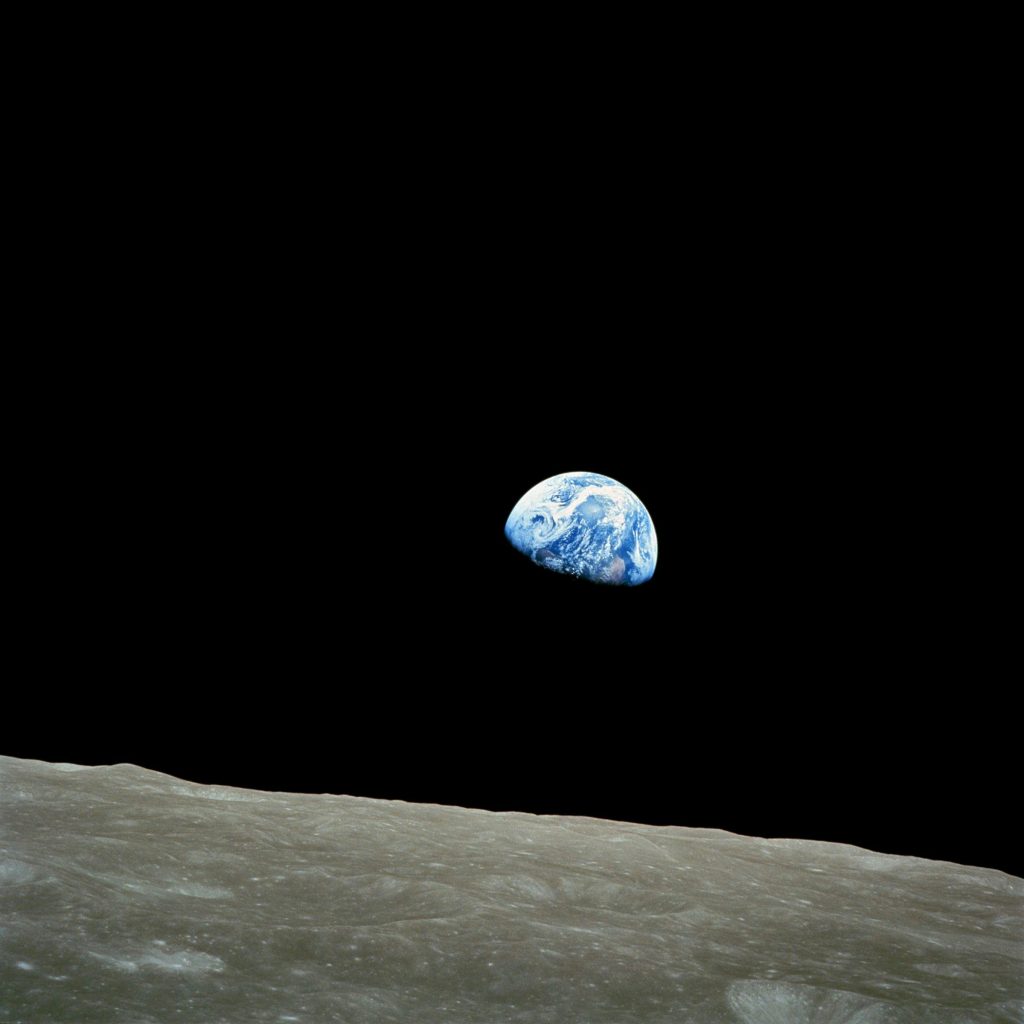This week, sky-gazers have the opportunity to witness two meteor showers: the Southern Delta Aquariids and the Alpha Capricornids. The Southern Delta Aquariids will peak Monday night through early Tuesday, potentially offering up to 25 meteors per hour depending on the location. Following closely, the Alpha Capricornids, known for their bright fireballs, will peak on Tuesday night, bringing about five meteors per hour.
Fireballs, which are meteors brighter than Venus, can exceed one meter in diameter. Meteor showers are caused by debris from comets and asteroids that Earth encounters in its orbit around the sun. The Southern Delta Aquariids’ debris trail is spread out, providing a good viewing opportunity for a few days around its peak. The best time to view both showers is Wednesday night when the moon’s illumination decreases, enhancing visibility.
For the best meteor viewing experience, find a dark location away from city lights, and allow your eyes to adjust to the darkness for at least 10-15 minutes. The optimal viewing time is around 4 a.m. local time, when the radiant, the point from which the meteors appear to originate, is highest in the sky. Both showers will be visible worldwide, though the Northern Hemisphere might see fewer meteors per hour.
Constellation Aquarius is the radiant for the Southern Delta Aquariids, and constellation Capricornus is the radiant for the Alpha Capricornids. Despite their proximity, the showers can be distinguished by their speed, with the Southern Delta Aquariids being faster and the Alpha Capricornids producing slower, longer-lasting fireballs.
In addition to these meteor showers, the Perseid meteor shower has also been active since mid-July and will peak on August 11. Earlier this month, a daylight fireball was spotted over the US Northeast, adding to the excitement of this celestial event. Watching meteor showers offers a unique connection to the universe, reminding us of the dynamic and ever-changing nature of the night sky.




